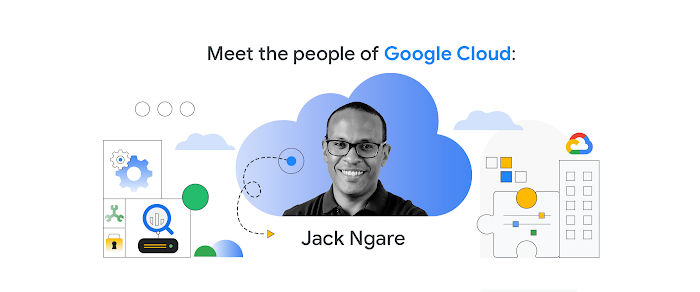Five habits of highly effective capital markets firms who run in the cloud

Ulku Rowe
Technical Director
Every time I meet with our customers in the capital markets, they share new ways they are reinventing their businesses. Recently, I met with a CIO from a large investment bank looking to take the next step in the bank’s cloud adoption journey. We talked about everything from creating a plan for public cloud migration of mission-critical workloads and communicating it to regional regulators, to developing a roadmap for adopting engineering-driven software operations methodologies across the organization. The CIO repeatedly emphasized the bank’s collective commitment to creating a culture of innovation. What would it take to achieve this evolutionary transformation?
IT leaders in capital markets are asking the same question. Google Cloud recently contracted Aite Group, an independent research and advisory firm focused on business, technology, and regulatory issues and their impact on the financial services industry. Aite surveyed 19 capital markets firms regarding their respective public cloud adoption journeys. Here are valuable insights into what these firms do to bring metamorphic change:
1. They learn from the tech industry.
Technology is becoming more and more vital to non-tech companies, but innovation can stall if you don’t fundamentally change how you build software. Successful capital markets firms have taken cues from traditional tech companies, adopting software operations methodologies such as continuous integration and continuous delivery (CI/CD), code reviews, unit and integration testing, incremental rollout, blameless post-mortems, and more. These practices accelerate ROI and support innovation, and are a significant reason why the tech industry builds software more effectively than other industries. Even though following these practices may slow down new code development in the short-term, it significantly reduces time spent on code maintenance down the road, freeing developers to innovate.
Most importantly, innovative capital markets firms adopt a “lifelong learning” attitude within the organization, emphasizing “training first” to reduce ramp-up times and respond in a fast-changing capital markets environment. They recognize that every employee can be a cloud worker, connected 24/7; security and workplace policies support this reality.
2. They foster a front-office culture of “everyone is a programmer” and bring AI to the middle and back office.
By democratizing the ability to build solutions across the business rather than isolating those capabilities in innovation labs, firms can build better products for their clients. Especially because code is easier to follow, audit and test than with traditional tools such as spreadsheets. The front office may finally be less wedded to management via spreadsheet, if the tools are more fit for purpose.
In the middle and back office, machine learning (ML) and artificial intelligence (AI) may bring much needed relief in areas such as trade surveillance, where sophisticated malicious attacks make identifying breaches increasingly challenging. Moving from a rules-based review of electronic communications and compliance data to natural language processing refines data results. It allows firms to more seamlessly integrate electronic communications flags within the overall surveillance infrastructure. Similarly, cybersecurity could also benefit from more comprehensive and proactive activity monitoring by way of ML- and AI-based tools.
3. They use data openly with strong controls and security.
One CIO at a tier-1 global bank predicts that in the future, regulations such as GDPR will require data access to be granted by the end client—whether a retail investor or a large pension fund. Storing data in a manner where access can be granted or revoked by users easily across service providers—from large custodians through small service providers—will be essential to retaining business moving forward. Cloud-based services that incorporate tools for data loss prevention, obfuscation, tokenization, encryption and logging can help firms meet the security, privacy and data lineage requirements of emerging data-related regulations and user preferences.
4. They adopt production ML systems.
There's more to ML than implementing an algorithm. Production ML systems equipped for data collection, verification, machine resource management, analysis and other functions enable firms to improve monitoring, prediction scaling, error diagnosis, reporting and other tasks that support trading operations. For example, a proprietary trading firm in Singapore uses TensorFlow, an open-source machine learning library for numerical computation, with the Google Cloud Bigtable NoSQL database service, to “listen” to live market data and make trading decisions.
5. They commit to open-source code with serverless applications.
Using open-source code rather than starting all software projects from scratch also speeds up innovation, provides tighter security and offers freedom from vendor lock-in. Plus publicly sharing changes to open-source software permits a richness of thought and a continuous feedback loop with users. Numerous capital markets firms have begun to champion open-source development and participate in related industry groups, such as the Fintech Open Source Foundation (FINOS).
To learn more about how these innovators are transforming their firms for greater efficiency and competitive differentiation using cloud-based thinking, check out our latest white paper, “Cloud as an Innovation Platform in Capital Markets.”


